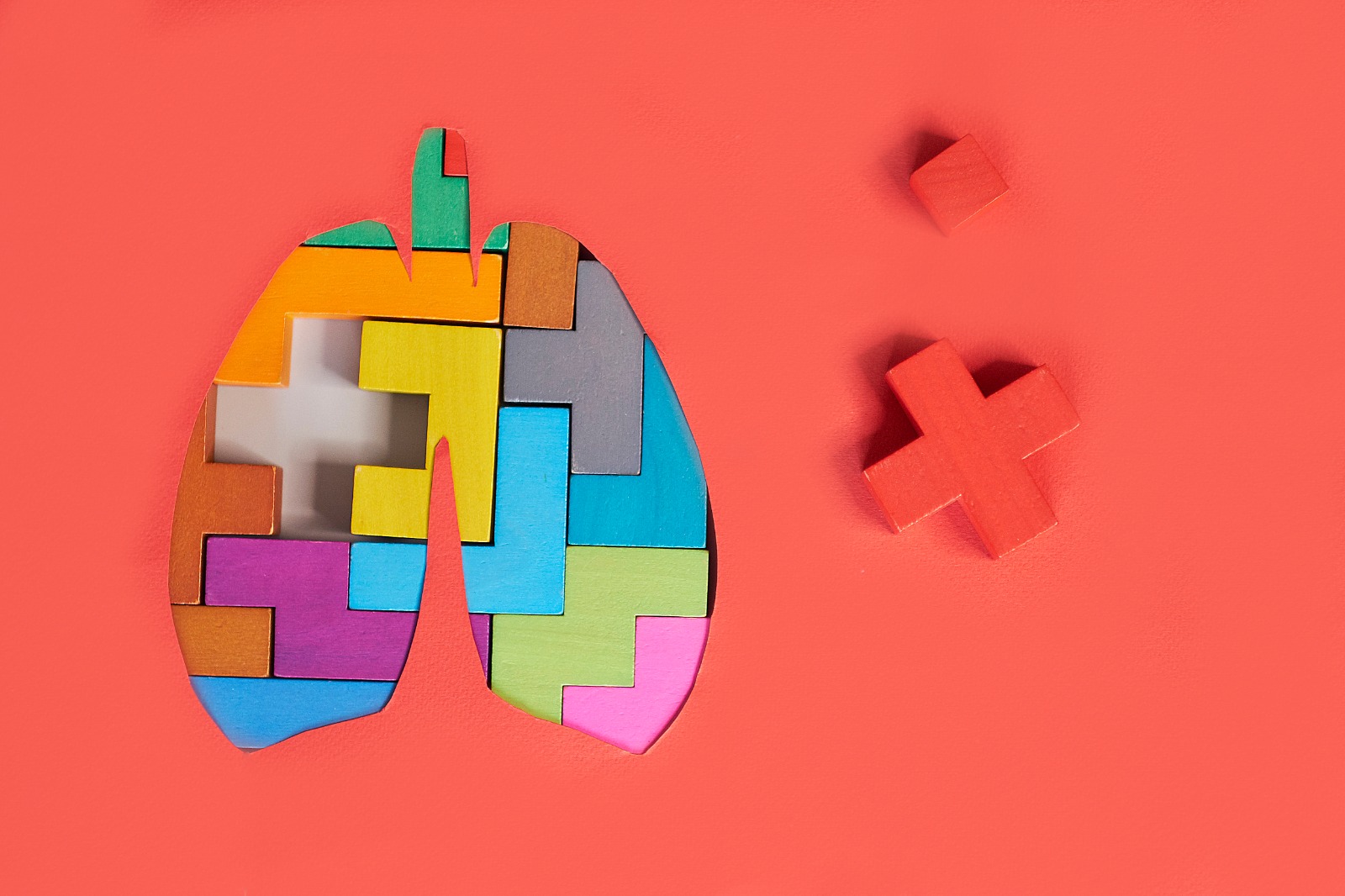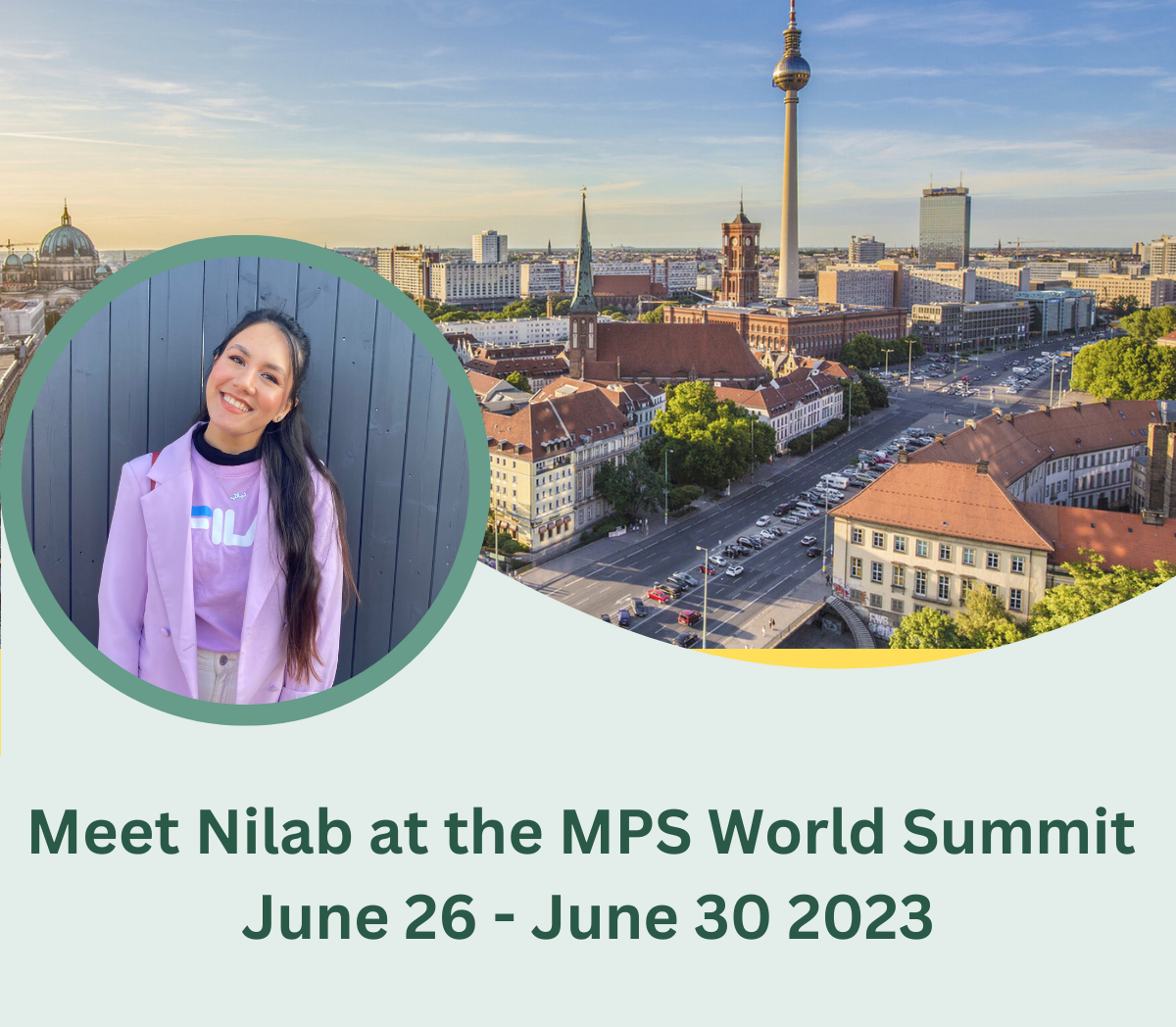
Why macrophages matter in the fight against cystic fibrosis
Lung macrophages play a significant role in the chronic inflammation associated with cystic fibrosis

Nilab Haydare is a pre-clinical scientist at ImmuONE specialising in in-vitro toxicology research. She will be presenting the poster of her study, ‘The application of ImmuLUNG™ in inhalation safety assessments and organ-on-chip platforms’ at the Microphysiological Systems (MPS) World Summit in Berlin from 26–30 June.
Her study investigated the characteristics of immune and epithelial cells cultured via the ImmuLUNG™ model in both static and dynamic conditions. The study found that macrophages incorporated into the model maintained their non-proliferative character and morphology.
The ImmuLUNG™ model also retained its key features in both static and dynamic conditions. This makes it a useful model to detect reactions that cause certain inhaled substances to be toxic to airway epithelial cells and monitor any alveolar immune responses.
The study was a collaboration of both ImmuONE and Finnadvance, an organ-on-a-chip company based in Oulu, Finland. We caught up with Nilab before the summit to hear about the research.
Since I joined ImmuONE, I have been working on commercial projects, which involves working with ImmuLUNG™ and ImmuPHAGE™. I have been primarily working with ImmuLUNG™ on R&D projects, so I was very familiar with it. When this collaboration project with Finnadvance came along, I knew I had to be a part of it. It meant that I could take my experience of ImmuLUNG™ in standard 3D culture plates and then assess it on an ‘organ-on-a-chip’ and observe what happens. That was an extremely exciting prospect and fortunately, that’s how this MPS poster came about.
Most of the common in-vitro models available in the industry are 2D, and some 3D, however they lack the physiology that can tell us exactly what’s going on in human bodies. Most of them lack immune cells or epithelial cells that are representative of the alveolar region of the lungs. The advantage of the ImmuLUNG™ model is that it can better represent the alveolar region in the human lungs as it’s a co-culture of both alveolar epithelial cells and macrophages. That’s what this whole poster is about; testing ImmuLUNG™ under static and dynamic conditions to assess its suitability for an organ-on-a-chip platform. By ‘static’ we mean a standard 3D culture, whereas dynamic is Finnadvance’s AKITA® ‘organ-on-a-chip,’ technology. We then assessed and compared endpoints like cell viability, cell death, TEER, and barrier permeability across the two different culture conditions.
This was a collaboration between the two companies to share expertise across different fields of the biotechnology industry. For ImmuONE it was using our ImmuLUNG™ model to apply and share information on how the cells adapt and respond when applied to an organ-on-a-chip platform. For our co-authors at Finnadvance, it was more about testing and seeing if human lung models are applicable to their AKITA® technology.
ImmuLUNG™ was cultured under static conditions, a standard 3D plate with Transwell® inserts. Epithelial cells are seeded at the top, and macrophages are seeded at the bottom. Under dynamic conditions, the AKITA® plates had two reservoirs with a connecting microchannel for the macrophages to be seeded, and a well in between the two reservoirs for the alveolar epithelial cells to be seeded. This plate would be incubated on a rocker that would rock the medium from one reservoir through the microchannel to the next, better representing the human lungs. Many differences had to be taken into consideration such as cell densities, the amount of samples to be taken, and the amount of medium to be in each well to make sure the cells did not dry out.
This was an exciting project to be part of and I look forward to working with Finnadvance again in the near future, whether collaboratively or commercially.
In the short term, we’re presenting this research at the MPS conference as the results we have are outstanding and have huge potential in the future. This is just the beginning for ImmuONE and collaborative projects; future work like this is likely to come. It’s a very exciting time.
I’m looking forward to the conference, both to present the research that I’ve been working hard on for weeks and to attend talks from people who have done similar work to me. I’m looking forward to seeing what is happening in similar fields and hopefully discussing our shared challenges.

Lung macrophages play a significant role in the chronic inflammation associated with cystic fibrosis

Inhaled substances are primarily tested on rats for toxicity, but key differences between rat and human lungs suggest it’s time to look towards alternative methods.

We’ve just returned from the Society of Toxicology conference in Nashville, where we were excited to exhibit our upcoming in vitro cell culture models.
Make Every Breath Safe
Sycamore House
16 Leyden Road
Stevenage, Hertfordshire, UK
SG1 2BP
Copyright 2025 ImmuONE.
All rights reserved.